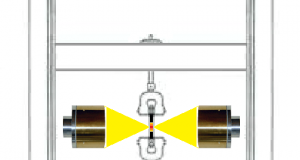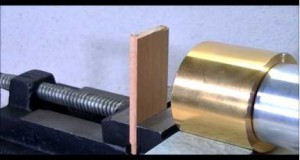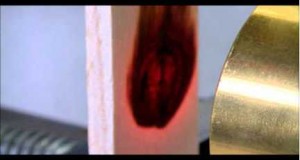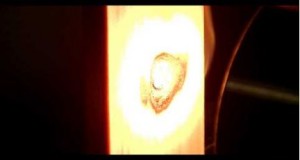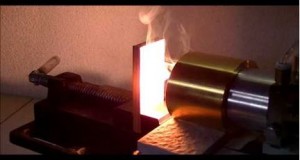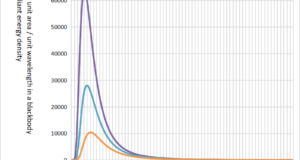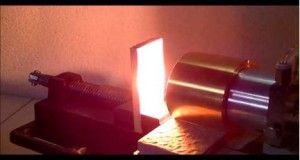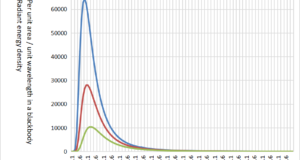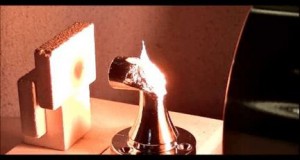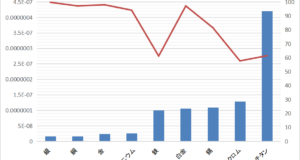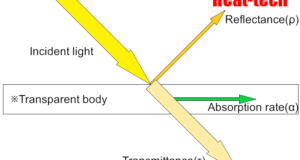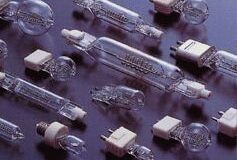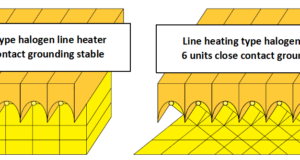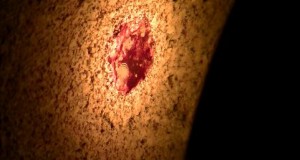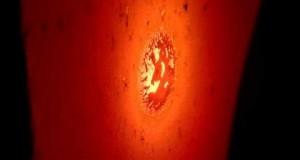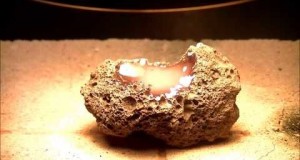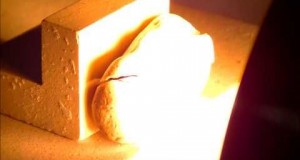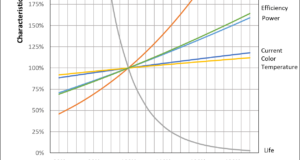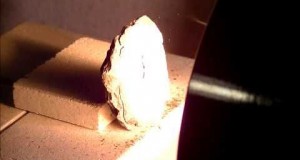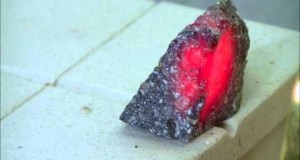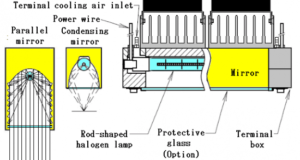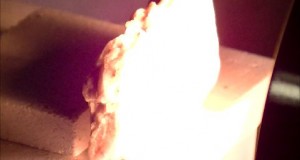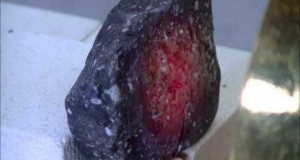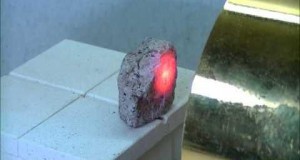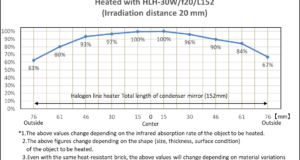[ Problem Point ] The equipment which can heat a nonmagnetic material to high temperature was required. [ ⇒Kaizen Point ] The use of a Halogen Point Heater that can be high-temperature heating in a short time. Heating process energy ...
Read More »Heating of wood series 5 – Agathis
This video is a Heating of Agathis by the Halogen Point Heater. Please check the following site for more information.
Read More »Heating of wood series 4 – Paulownia
This video is a Heating of Paulownia by the Halogen Point Heater. Please check the following site for more information.
Read More »Heating of wood series 3 – Japanese cypress
This video is a Heating of Japanese cypress by the Halogen Point Heater. Please check the following site for more information.
Read More »Heating of wood series 2 – Japanese cedar Sugi
This video is a Heating of Japanese cedar Sugi by the Halogen Point Heater. Please check the following site for more information.
Read More »5-4.Proper use of near-infrared heating and far-infrared heating
A halogen heater is used for radiant heating of near infrared rays. Of the electromagnetic waves radiated from a heating element at about 3000℃, the maximum wavelength is about 1μm in the near infrared region. A convex parabola is drawn ...
Read More »Heating of wood series 1 – Spruce
This video is a Heating of Spruce by the Halogen Point Heater. Please check the following site for more information.
Read More »5-3.About the Wavelength of Heat Radiation
An object with an absolute temperature of 0K (Kelvin) or higher radiates a wavelength corresponding to the temperature of the object as an electromagnetic wave. The object that received this electromagnetic wave has received heat. This transfer of heat is ...
Read More »Dissolution of Zinc
This video is a Dissolution of Zinc by the Halogen Point Heater. Please check the following site for more information.
Read More »5-2.About the Type of Reflection
There are two main types of reflection. Regular reflection Regular reflection refers to reflection that holds the “law of reflection” in which the angle of incidence and the angle of reflection of light incident from a light source are equal. ...
Read More »5-1.Light Reflectance,Transmittance, Absorption Rate = Emissivity
Every substance is made up of very small particles. The molecules that make up that substance have different molecular motions depending on the temperature. A molecule is made up of several atoms linked by chemical bonds, and any bond. Each ...
Read More »4-1.Development History Up to Halogen Lamps
Development of carbon filament Halogen lamps evolved from incandescent light bulbs. Carbon fiber was used for the filament of the early heat-generating light bulbs. Metal filaments such as osmium and tantalum were being developed, but they did not reach the ...
Read More »3-8.Wide Range of Plane Heating with Line Heating Type Halogen Line Heater
By arranging multiple line heating types and lengthten the focal length from the rated distance, the condensing width can extend and a wide range of heating can be performed. (Out focus) Of course, even with the plane heating type, a ...
Read More »Heating, melting and vitrification of rocks series 14 – Cement brick
This video is aHeating, melting and vitrification of Cement brick by the Halogen Point Heater. Please check the following site for more information.
Read More »Heating, melting and vitrification of rocks series 13 – Brick
This video is aHeating, melting and vitrification of Brick by the Halogen Point Heater. Please check the following site for more information.
Read More »Heating, melting and vitrification of rocks series 12 – Lava stone
This video is aHeating, melting and vitrification of Lava stone by the Halogen Point Heater. Please check the following site for more information.
Read More »Heating, melting and vitrification of rocks series 11 – Chart stone
This video is a Heating Chart stone by the Halogen Point Heater. Please check the following site for more information.
Read More »3-7.Halogen Line Heater Lifespan
The lifespan of a halogen lamp depends on the voltage used. The rated voltage is defined as 100%, and if the voltage is lowered by 10%, the lifespan is extended by about 3 times, and if the voltage is increased ...
Read More »Heating, melting and vitrification of rocks series 10 – Crystalline schist
This video is a Heating Crystalline schist by the Halogen Point Heater. Please check the following site for more information.
Read More »Heating, melting and vitrification of rocks series 9 – Granite
This video is aHeating, melting and vitrification of Granite by the Halogen Point Heater. Please check the following site for more information.
Read More »3-6.Halogen Line Heater cooling
Continuous use of halogen line heaters always requires cooling. This is because the heat resistance temperature of the lamp seal is 300°C. Avoid using it at the heat-resistant temperature limit, and be sure to cool it down. If user heat ...
Read More »Heating, melting and vitrification of rocks series 8 – Limestone
This video is aHeating, melting and vitrification of Limestone by the Halogen Point Heater. Please check the following site for more information.
Read More »Heating, melting and vitrification of rocks series 7 – Basalt
This video is aHeating, melting and vitrification of Basalt by the Halogen Point Heater. Please check the following site for more information.
Read More »Heating, melting and vitrification of rocks series 6 – Pink-Granite
This video is aHeating, melting and vitrification of Pink-Granite by the Halogen Point Heater. Please check the following site for more information.
Read More » HEAT-TECH Best Technology Online Shop
HEAT-TECH Best Technology Online Shop 
